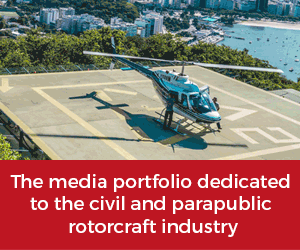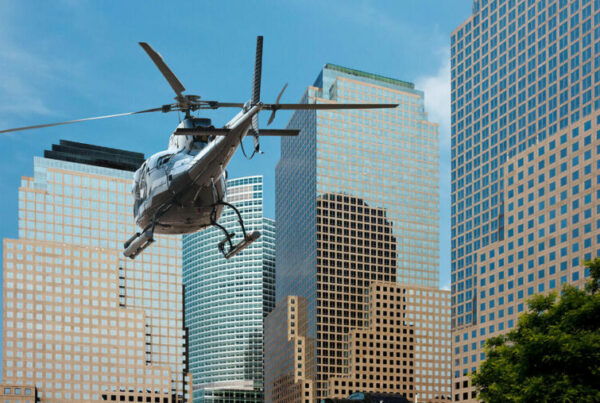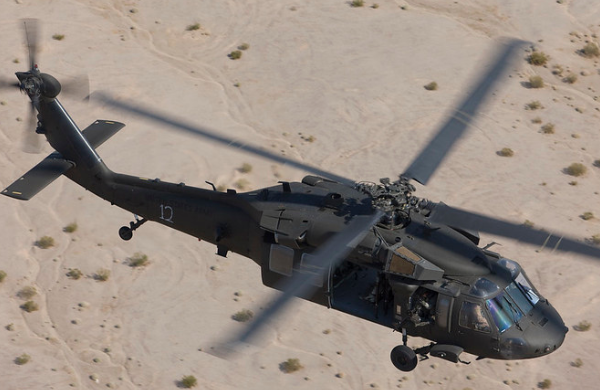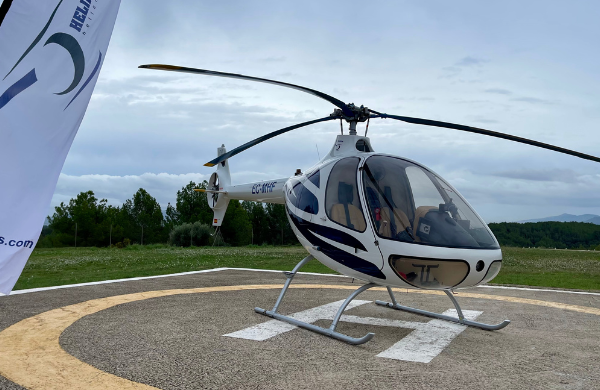A year on from the fatal crash of the CHC-operated EC225LP (H225) in Norway, the Accident Investigation Board Norway (AIBN) has published its preliminary report with a focus on the accident sequence and similarities between another crash seven years earlier involving a Super Puma.
The report has no safety recommendations – this area is to be covered within the final report which will be available when AIBN has concluded its findings. It is not known at this stage when this will be.
On 29 April 2016, the main rotor of the EC225 detached while the aircraft was at 2,000ft, having just descended from 3,000ft, travelling at 140kt. Detailed visual inspections to the main gearbox of the rotorcraft took place as routine and no magnetic debris was reported at the time.
One major outcome of the preliminary report was the similarities between this event and one in 2009 off the coast of Scotland involving an AS332 L2 (H125).
Both aircraft shared a near identical main gear box.
The report stated that the respective accidents involved ‘one of the eight second stage planet gears in the epicyclic module fractured as a result of fatigue.’
Although the report did state that in the case of the AS332 L2 there was a warning of possible gear fracture but with the EC225 there was not.
This area is going to be a focus for the AIBN team going forward, the report explained that it would investigate the latter event in conjunction with safety measures from the AS332 L2 crash.
The report stated, ‘the AIBN will continue the investigation into how and why two similar catastrophic accidents could happen to near identical helicopters only seven years apart. Further assessment of the follow-up on [AS332 LP] safety recommendations and the continuing airworthiness of the gearbox after 2009 is a relevant issue.’
Guillaume Faury, CEO at Airbus Helicopters, responded to the preliminary reports findings on the two separate events in a company statement.
‘In the course of the AIBN investigation, additional elements brought by the 2016 accident showed that there were mechanical similarities between the 2016 accident and an earlier one, in 2009. We were not aware of any related issue at the time of the 2016 accident.
‘The information available to us from the 2016 accident has allowed us to take protective measures that we could unfortunately not have put in place in 2009 based on the knowledge and evidence available at the time, and also because significant parts from the 2009 accident were never recovered,’ Faury said.
In addition, he noted that Airbus Helicopters will continue to comply with European Aviation Safety Agency (EASA) airworthiness requirements and confirmed that a set of protective measures have been implemented.
EASA gave the go ahead for the AS332 L2 (H215) and EC225 LP (H225) Super Puma family to return to service in October last year.
In despite of this, the UK and Norwegian aviation authorities maintain respective H225 flying restrictions in place prohibiting all commercial flying of the type in both countries.








